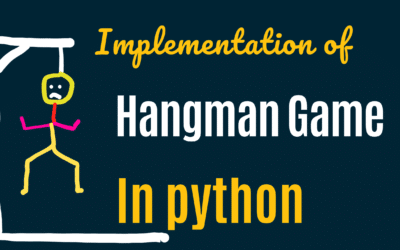Introduction
The Three-Number Sum problem is a classic algorithmic challenge that involves finding all unique triplets in an array that add up to a given target sum. This problem is both intriguing and useful, as it has applications in areas such as data analysis, optimization, and combinatorial problem-solving. In this blog post, we will delve into an efficient algorithmic approach to solve the Three-Number Sum problem, providing a step-by-step explanation of the solution.
Understanding the Problem
Before we jump into the solution, let’s ensure we have a clear understanding of the problem. Given an array of integers and a target sum, our objective is to find all unique sets of three numbers in the array that add up to the target sum. The order of the numbers within each triplet is not important, and duplicates should be avoided.
Algorithmic Approach
To solve the Three-Number Sum problem efficiently, we’ll employ a two-pointer technique along with sorting the array. Here’s a step-by-step breakdown of the algorithm:
Sort the array in ascending order. This step is crucial as it allows us to apply the two-pointer technique effectively.
Initialize an empty result set or a list to store the unique triplets that sum up to the target value.
Iterate through the sorted array from left to right until the second-to-last element, considering each element as a potential first number of the triplet.
Within the outer loop, set two pointers, ‘left’ and ‘right,’ initially pointing to the elements immediately to the right of the current element.
While the ‘left’ pointer is less than the ‘right’ pointer, perform the following steps:
- a. Calculate the current sum by adding the elements at indices ‘i,’ ‘left,’ and ‘right.’
- b. If the current sum is equal to the target sum, add the triplet [array[i], array[left], array[right]] to the result set.
- c. If the current sum is less than the target sum, increment the ‘left’ pointer to explore larger values.
- d. If the current sum is greater than the target sum, decrement the ‘right’ pointer to explore smaller values.
Continue steps 4 and 5, adjusting the pointers accordingly until they meet or cross each other. At that point, move to the next element in the outer loop.
Once the iteration is complete, return the result set containing all unique triplets that sum up to the target value.
Implementation in Python
def threeNumberSum(array, targetSum):
# Write your code here.
res = []
array.sort()
for i in range(len(array) - 2):
left = i + 1
right = len(array) - 1
while left < right:
if targetSum == array[i] + array[left] + array[right]:
res.append([array[i], array[left], array[right]])
left += 1
right -= 1
elif targetSum < array[i] + array[left] + array[right]:
right -= 1
else:
left += 1
return res
Explanation of the Algorithm
The algorithm utilizes the fact that a sorted array provides a convenient way to traverse through it using two pointers. By sorting the array, we ensure that smaller elements are towards the left, while larger elements are towards the right.
The two-pointer technique enables us to explore all possible combinations of three numbers efficiently. By keeping one pointer fixed (the 'left' pointer) and adjusting the other pointer (the 'right' pointer), we can find all unique triplets without duplicates.
By continuously comparing the current sum with the target sum, we can move the pointers accordingly, eliminating the need for nested loops and achieving a time complexity of O(n^2).
Conclusion
The Three-Number Sum problem presents an interesting challenge that can be solved efficiently using a two-pointer technique and a sorted array. By following the step-by-step algorithmic approach explained in this blog post, you can identify all unique triplets that add up to a given target sum.
By applying this algorithmic approach, you'll be equipped to tackle the Three-Number Sum problem and other similar combinatorial challenges efficiently. Happy coding!







0 Comments